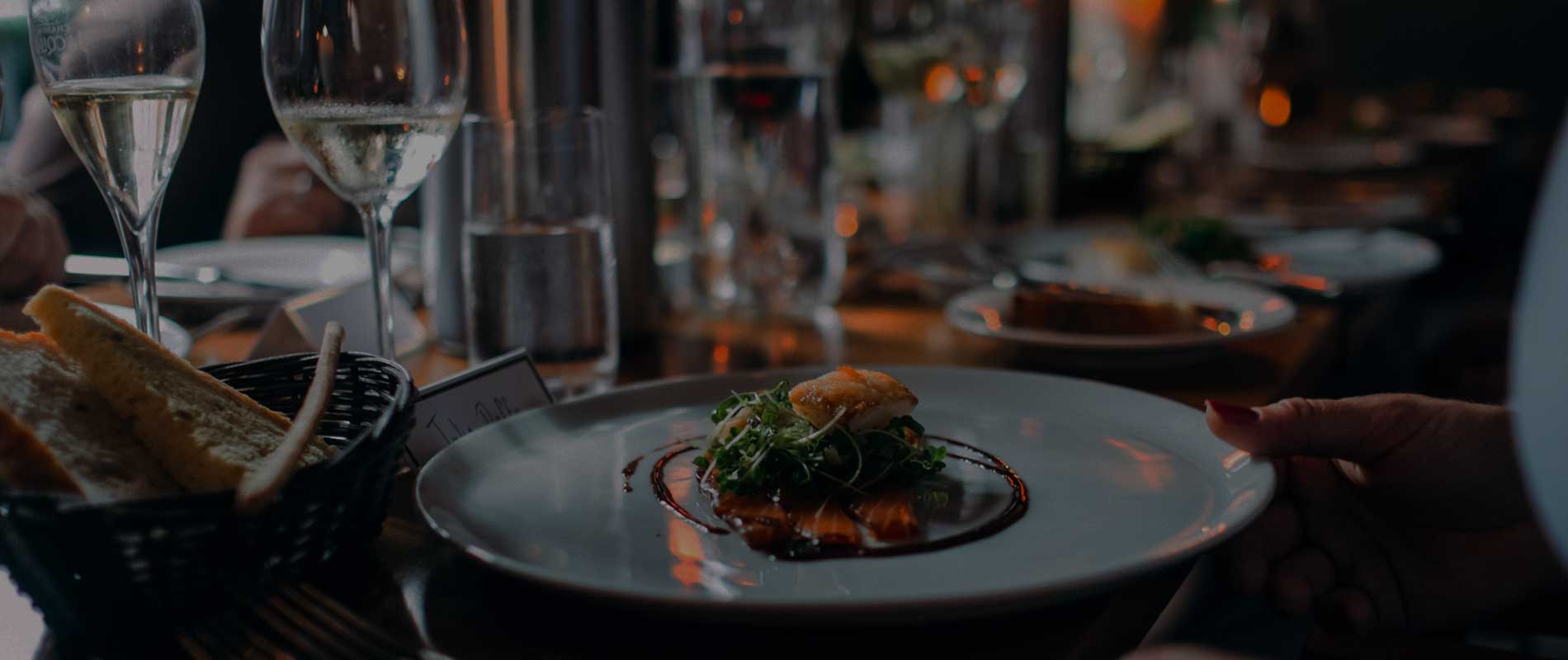• New Harden’s guide welcomes notable newcomers but market growth stuck in 7-year flatline
• The Devonshire voted London’s Best Pub and the capital sees resurgence in classic French cooking
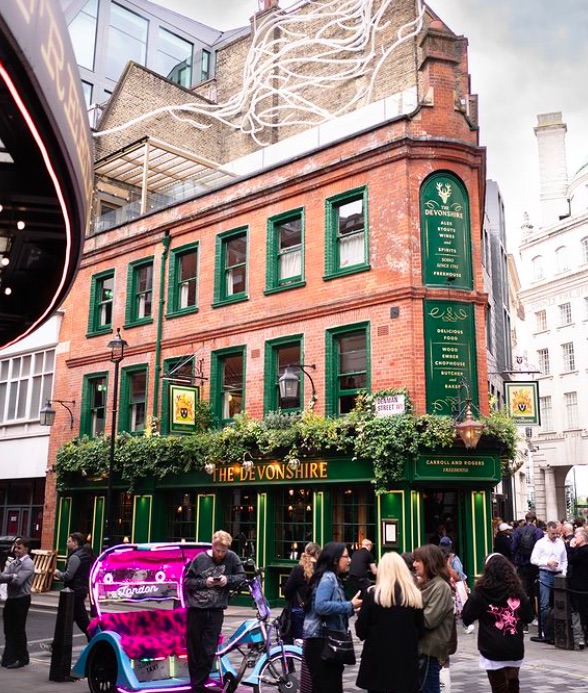
London diners are enjoying superior quality restaurants but with an ever-shorter lifespan. Growth and churn rates featured in the new edition of Harden’s London Restaurants 2025 (published today) suggest that the capital’s restaurant market is experiencing the longest prolonged period of low growth witnessed in the last quarter of a century. However, a continuing influx of notable new restaurants achieving high acclaim in this year’s guide provides reassuring evidence that London is holding its own when it comes to quality.
The guide’s conclusions, reviews and entries are based on one of the most detailed surveys of diners in the country. For the current guide, 2500 diners submitted 30,000 reports.
In the last 12 months, the guide has added 132 newcomers; a low level of openings, with only two years showing lower since 2010 (one of which was last year). Meanwhile, the rate of closures stands at 84. This is not exceptional by the standards of 2013-2017 when a brisk rate of closures was part and parcel of major growth overall. But by the level of most years post-2000, this is a high figure. Taking the two factors together and subtracting the closures from the openings gives net growth: this year’s rate of 48 is the sixth-lowest rate since 2000.
The lacklustre picture is emphasised by examining “churn” (the ratio of openings:closings – see chart). This shows the market stuck in a seven-year flatline at the bottom of the range that’s persisted since the guide was first published in 1991.
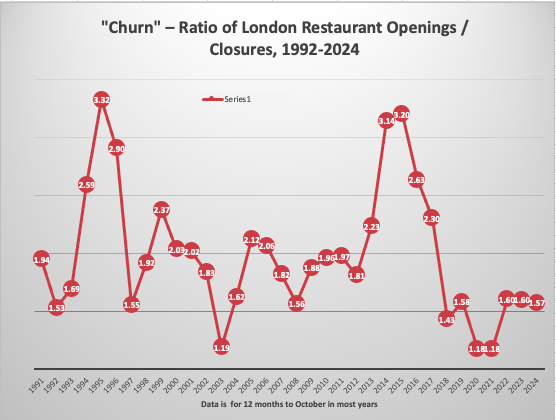
Harden’s co-founder and editor of Harden’s London Restaurants 2025 Peter Harden points out that whilst the new data is indicative of the market reaching a state of maturity, the enthusiastic response this year’s new openings have received from the Harden’s diners poll indicates that the city’s dining scene continues to hold its vibrancy.
He said: “It is becoming increasingly clear that growth in London’s restaurants is stuck in low-gear and has been for some time. This trend was masked in part by the pandemic – low growth had seemed to be a consequence of Covid-19 from which recovery would be imminent – but it’s now becoming clear that it was reflective of something deeper. Now with our third year of data post-pandemic this is looking like a seven-year flatline.
“But although London’s restaurant market is exhibiting a similar level of low growth to that experienced in the early nineties, the calibre of the eateries populating the city is a far cry from what was on offer 30-years-ago. Many restaurant openings back then were mediocre to say the least; as a rule, it was the good restaurants who maintained their footing and survived. But this formula does not apply today. Even good restaurants can fail to turn a profit with so many offerings going over a relatively fixed pool of dining spend. The lifespan of restaurants appears to be getting shorter, contributing to the significant rate of closures – not helped by the cost-of-living crisis. But at least price inflation in restaurants is at last abating with this year seeing a much more reasonable 4.4% uplift in prices (compared to 9.2% last year).
According to the new 2025 edition, it was rare for well-rated restaurants to close prior to the period 2015-2020. But market conditions have been sufficiently challenging of late that this is no longer the case, with many good, long-established players closing their doors.
Le Gavroche and Marcus Wareing at the Berkeley announced they were to close just as last year’s guide went to print and the following months have seen other lower profile, but well-rated names following suit such as: L’Amorosa, Anglo, Cornerstone, Frenchie, Galvin at Windows, Mere, Odette’s, Pidgin, and Plu.
However, Peter says we’re also witnessing a positive trend regarding the new kids on the block. He added: “It’s important to not look at this too bleakly. The dining scene is still incredibly interesting and vibrant but renewal is a problem. In this unforgiving market, restaurants are getting a shorter period in the sun in which to make their mark and secure their future. But, we are seeing newcomers making an immediate impact, as demonstrated by The Devonshire in Soho which leapt straight to the top of this year’s Best Bar & Pub category. Compared to 30 years ago, we’re getting more quality openings but the market that they are entering is a harder one and how long they will endure is the big question.”
Amongst other exciting new names to have appeared this year, the following stand out in terms of instant fame or immediate acclaim within the Harden’s annual diners’ poll: Akara, Arlington, Brooklands, Counter 71, Josephine, Kolae, Mambow, Morchella, Mountain, The Park, Pearly Queen, 64 Goodge Street and The Wolseley City.
A resurgence in classic French cooking
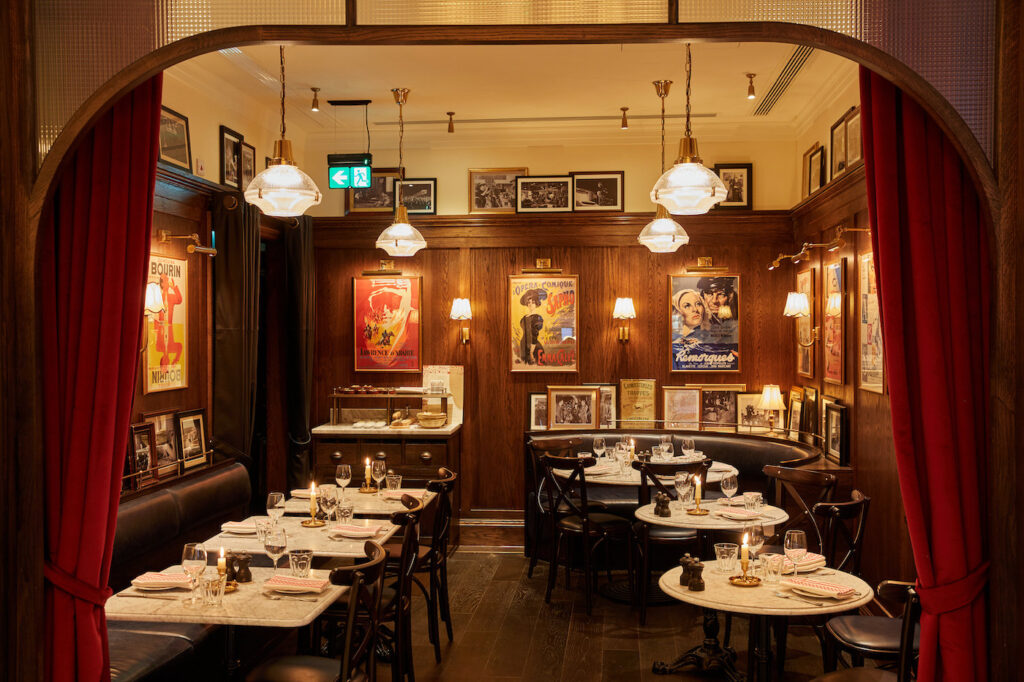
Another trend the newcomers have brought with them is an unexpected resurgence in classic French cooking.
In a city where Modern British, Italian, and Japanese openings have dominated in recent years, French cuisine has now crept back into the favoured top three, replacing Japanese cuisine as the third highest category with 10 newcomers. From the French canteen-style Café Francois in Borough Yards to the announcement that Cannes restaurant La Môme will replace Marcus Wareing at The Berkeley, interest in classical French flavour looks like a trend that’s set to continue into 2025.
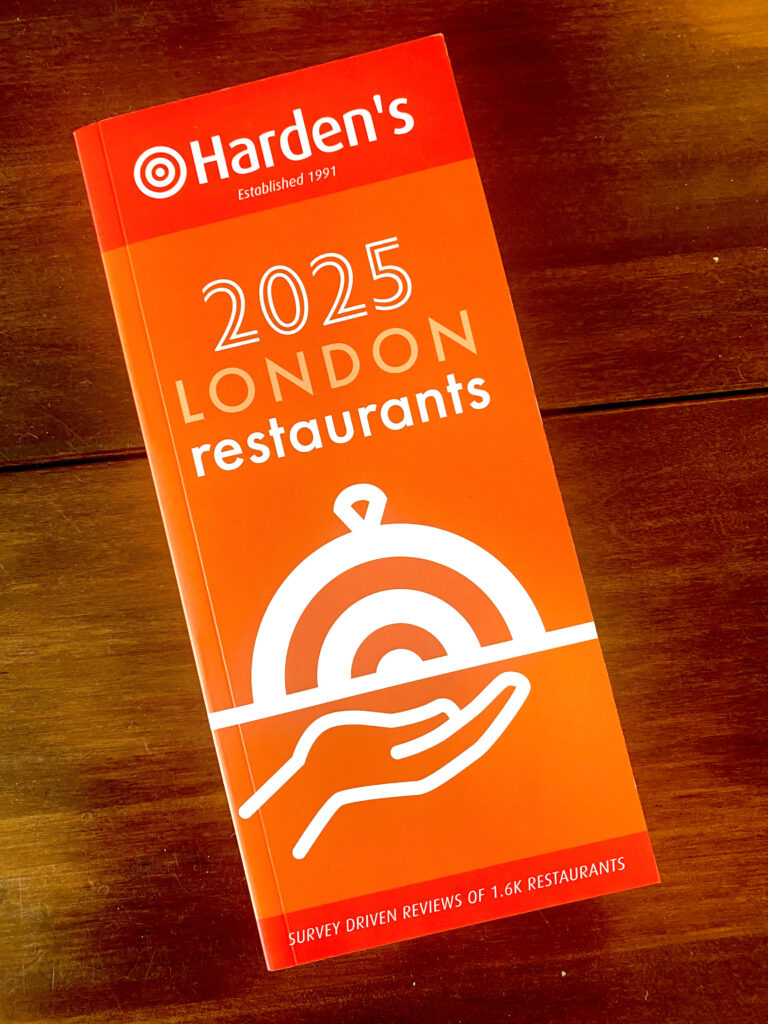
Harden’s London Restaurants 2025 is available in all good book stores including Amazon.
The way to your clients heart… is through their stomach
Stuck for an Xmas gift for your customers? Harden’s is also available as a customised edition with your logo. Find out more about customised editions here.
